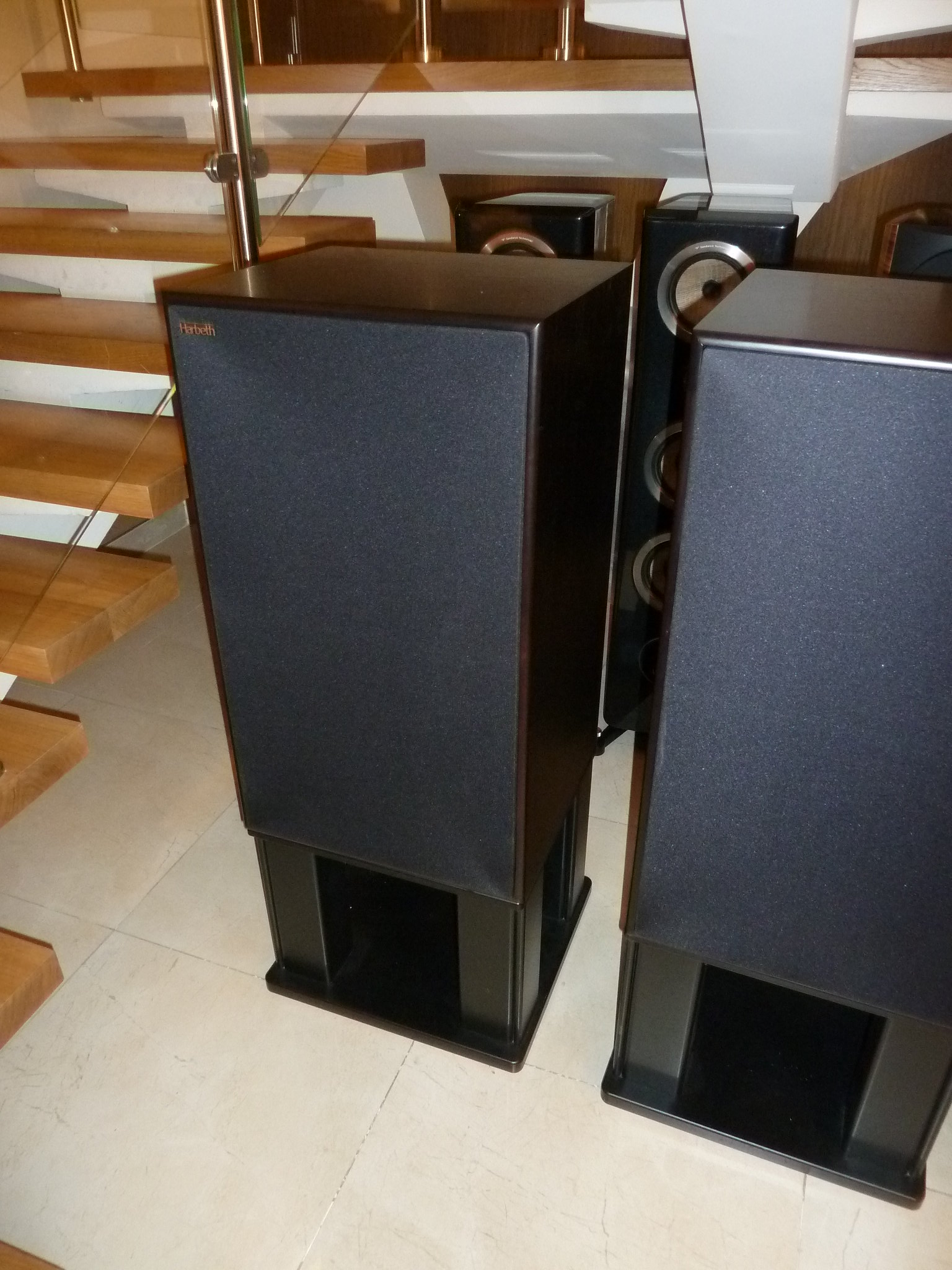 to damp or not to damp magico vs harbeth/russell k
to damp or not to damp magico vs harbeth/russell k
had a fascinating day yesterday listening to the uk premiere of the new `affordable`1 magico a3 with various folks from absolute sounds hif i pig etc . Alon Wolf presented them [ the designer and maker of magico] and they were simply lovely . no coloration at all , just very detailed with that attack and decay on all the notes . kj west one were the hosts and a great job they did too . it was worth 5-6 hours of travel to hear these
 P1050230 by , on Flickr
P1050230 by , on Flickr
 P1050231 by , on Flickr
P1050231 by , on Flickr
 P1050226 by , on Flickr
P1050226 by , on Flickr
as he was talking of course they mention the fact that the the enclosures on these are incredibly heavy and inert . as we walked in there was the whole range of the harbeth speakers and the absolutely massive 40.1 . gosh they are so big !!!
if there had been time i would love to have asked him about the various other designers philosophy about thin walled design such as harbeth and russell k in particular
"At Harbeth, that certain way is the classic British box: a thin-walled enclosure that controls resonances by means of panel tuning rather than sheer mass, said box containing drivers of generally low coloration and reasonably high sensitivity. "
In describing the construction of that British box, I mentioned my disappointment that its front and rear baffles were fastened to the enclosure not with machine screws and threaded inserts but with mere wood screws driven into furring strips. I implied that that was a less-than-perfectly tight or rigid join, and I was correct—and, as further research has shown, that's precisely what the designer of a thin-walled loudspeaker is after.
Ideally, different panels will resonate at different frequencies: the low-amplitude energy can be spread over a wide range and swept into a corner, where it's least likely to be noticed. Yet to prevent the cabinet as a whole from resonating, there must be gaps or interruptions between individual panels, and especially between the front baffle and the wrap. Recent conversations with luthier Richard Hoover, founder of the Santa Cruz Guitar Company, confirm the notion that different methods of joining and bracing two structures can be used to enhance or prevent the flow of acoustical energy from one structure to the other, and that experienced craftspeople will manipulate these variables in different ways, depending on how they want the structure as a whole to behave
Read more at https://www.stereophile.com/content/...JjIcQsr07dT.99
 P1050224 by , on Flickr
P1050224 by , on Flickr
 P1050225 by , on Flickr
P1050225 by , on Flickr
Last edited by hifinutt; 09-02-2018 at 10:39.
Reason: spelling
ou might slip, you might slide, you might
Stumble and fall by the road side
But don't you ever let nobody drag your spirit down
Remember you're walking up to heaven
Don't let nobody turn you around
… Walk with the rich, walk with the poor
Learn from everyone, that's what life is for
And don't you let nobody drag your spirit down
Eric Bibb
P1050230 by , on Flickr
P1050231 by , on Flickr
P1050226 by , on Flickr
P1050224 by , on Flickr
P1050225 by , on Flickr






 Reply With Quote
Reply With Quote